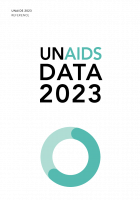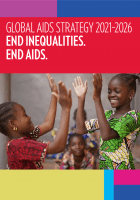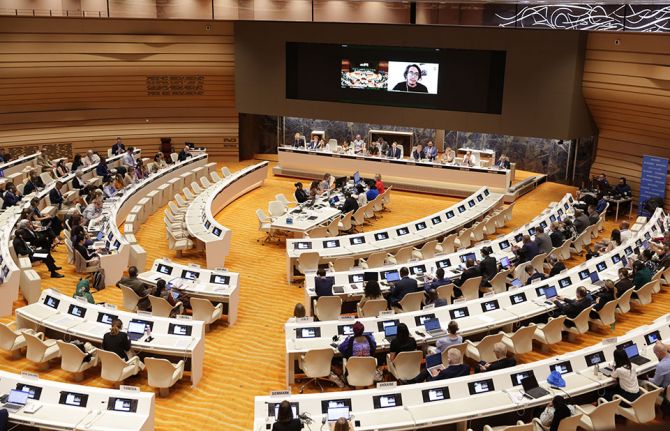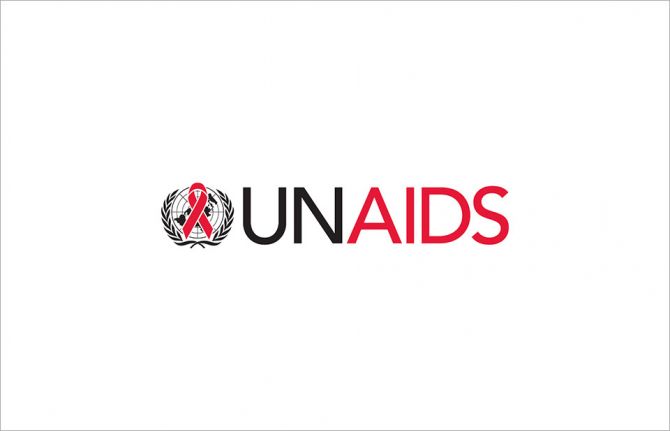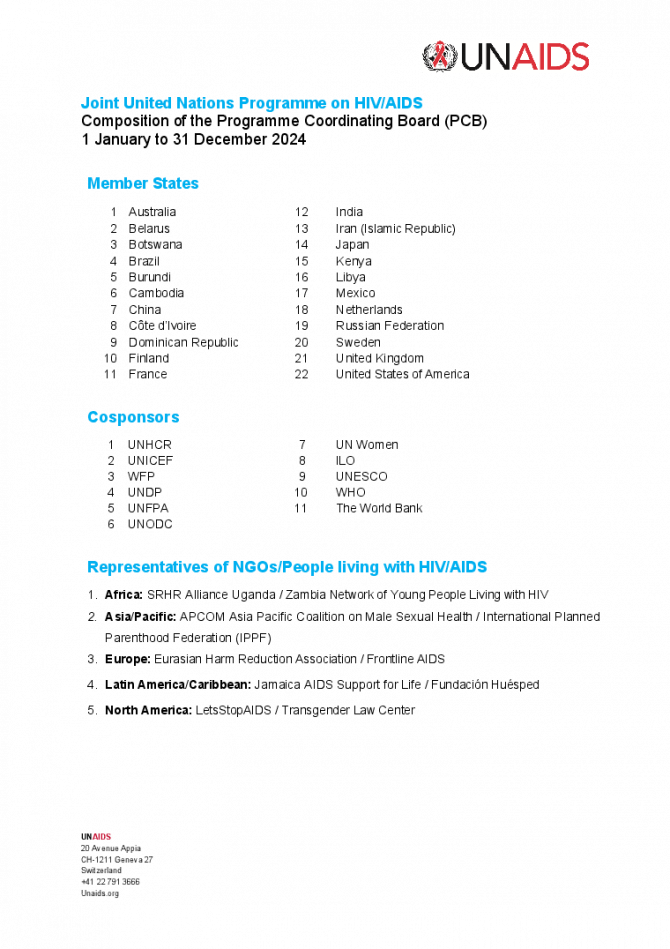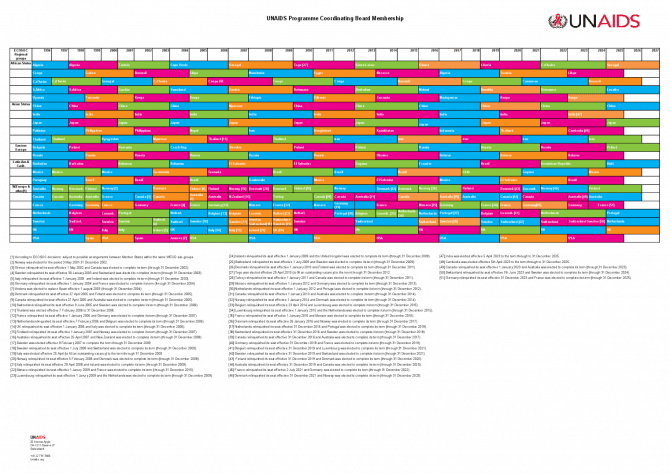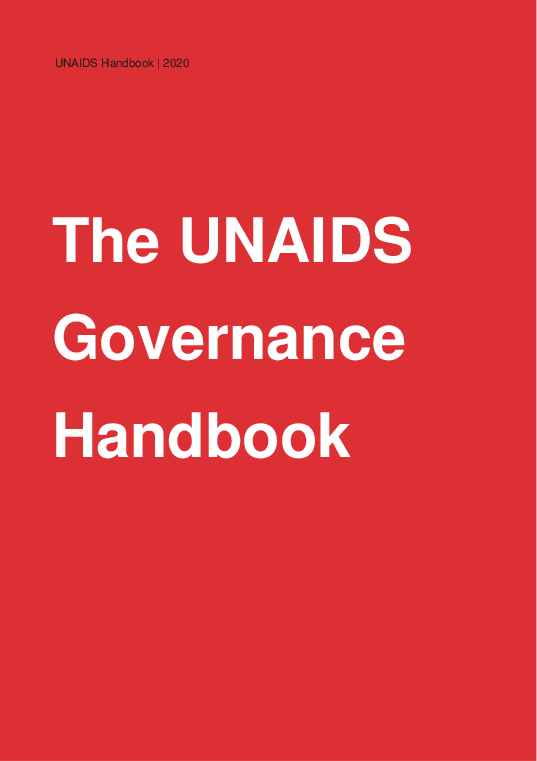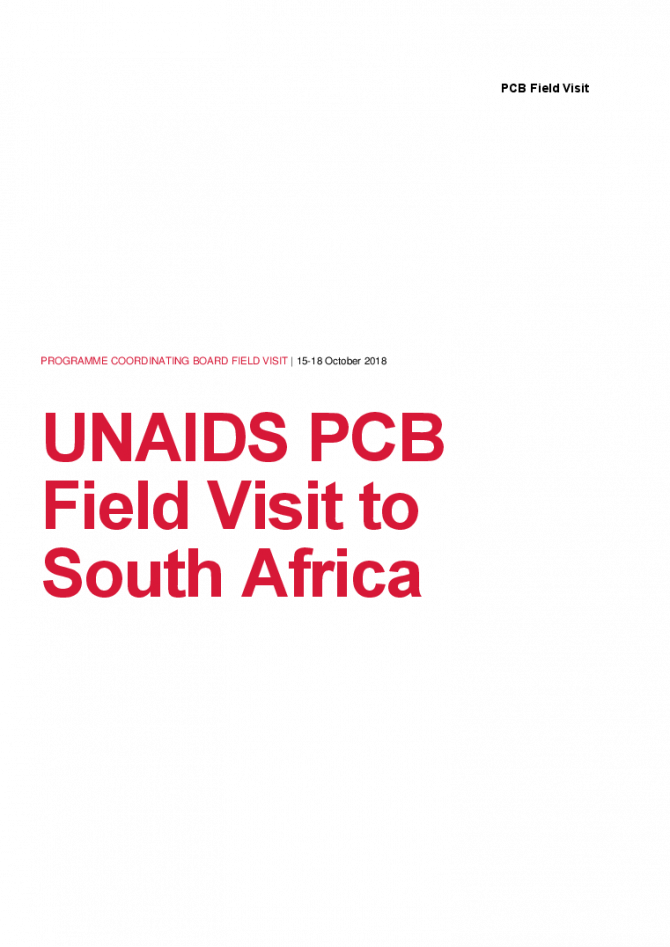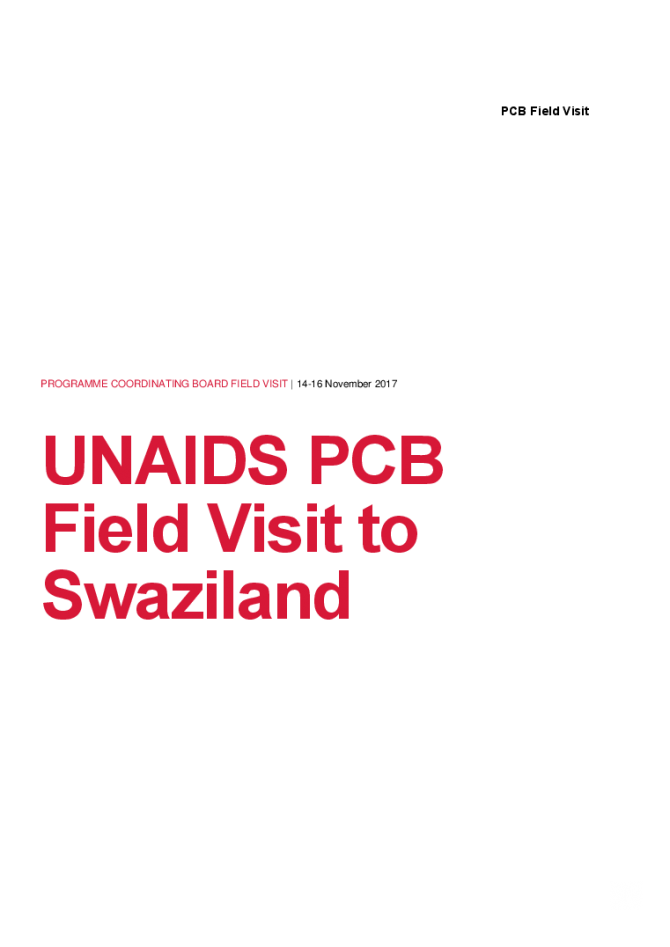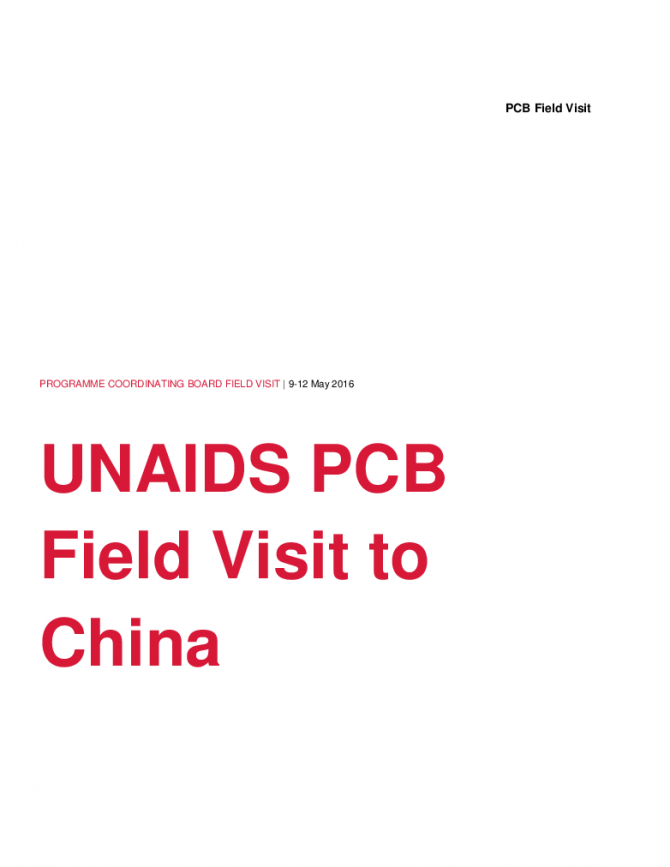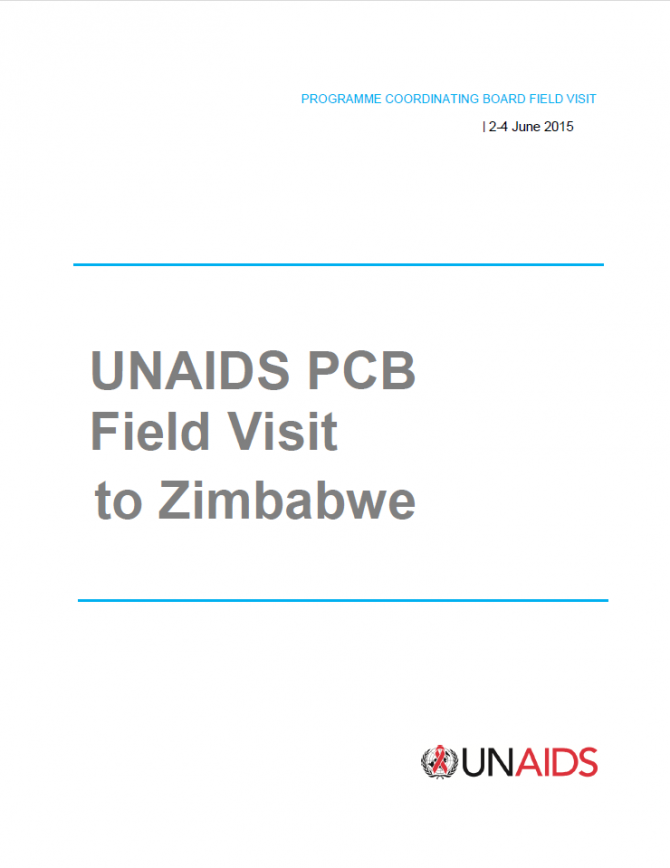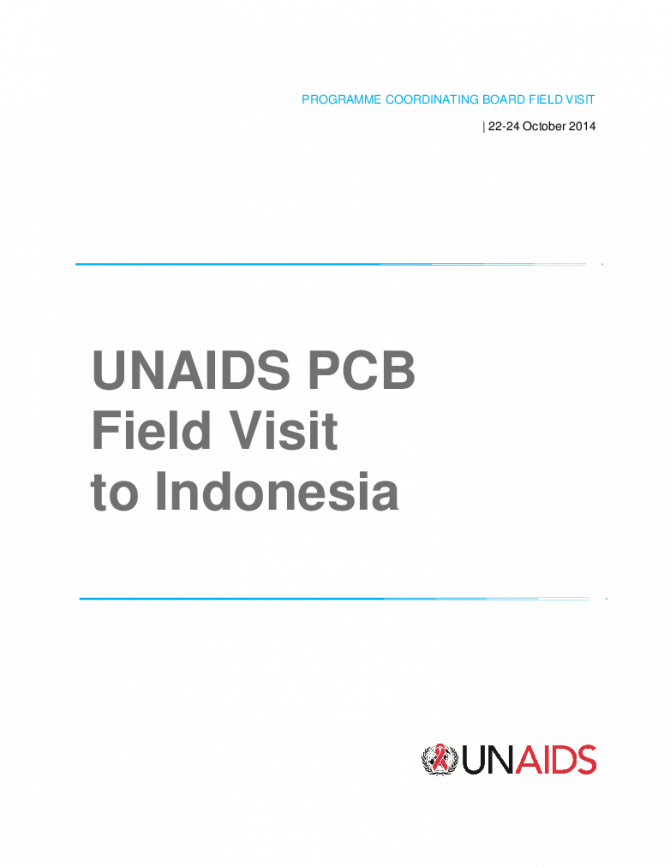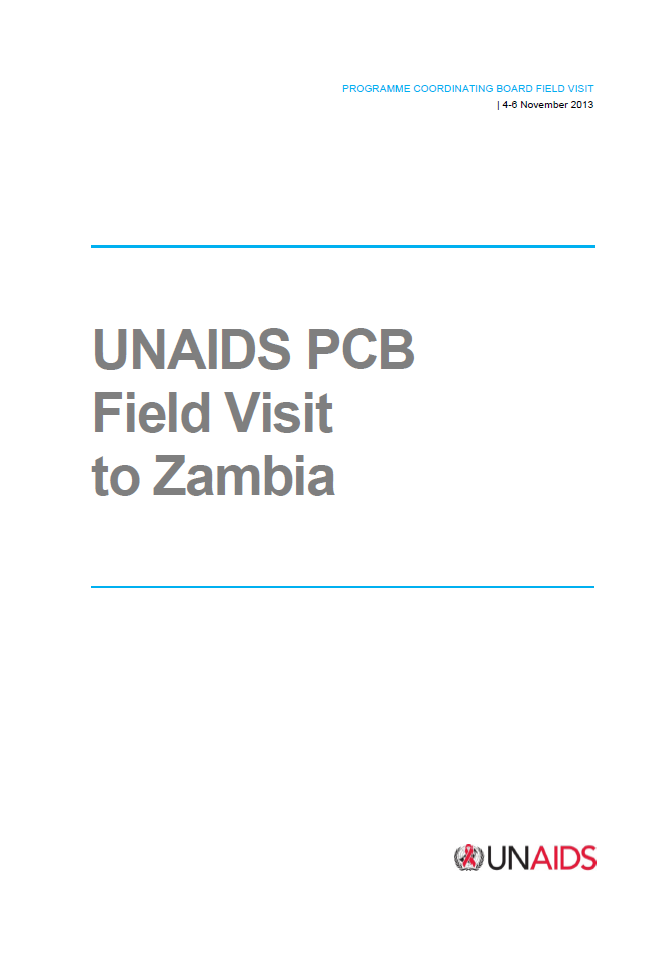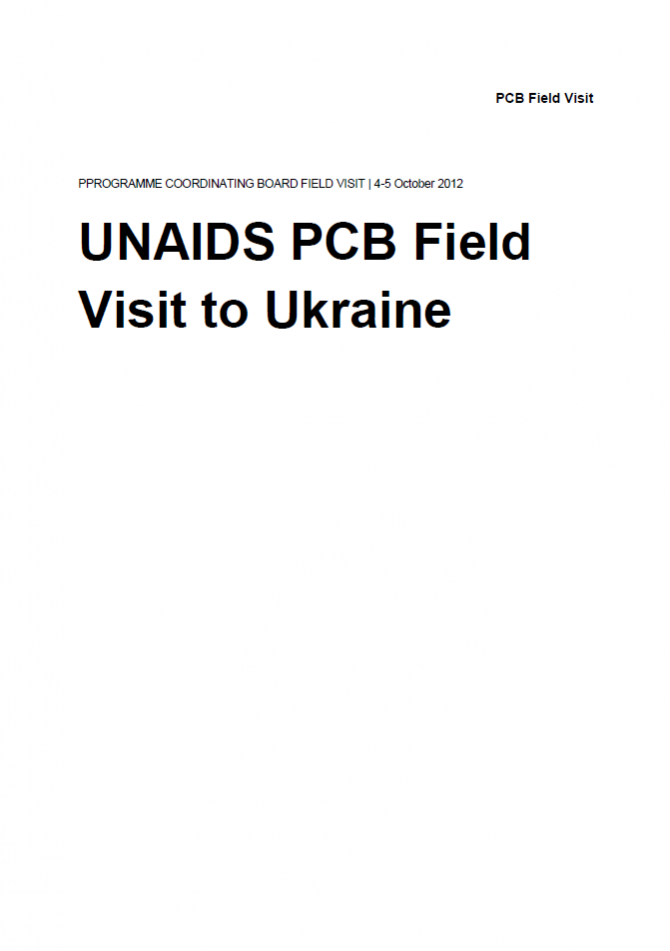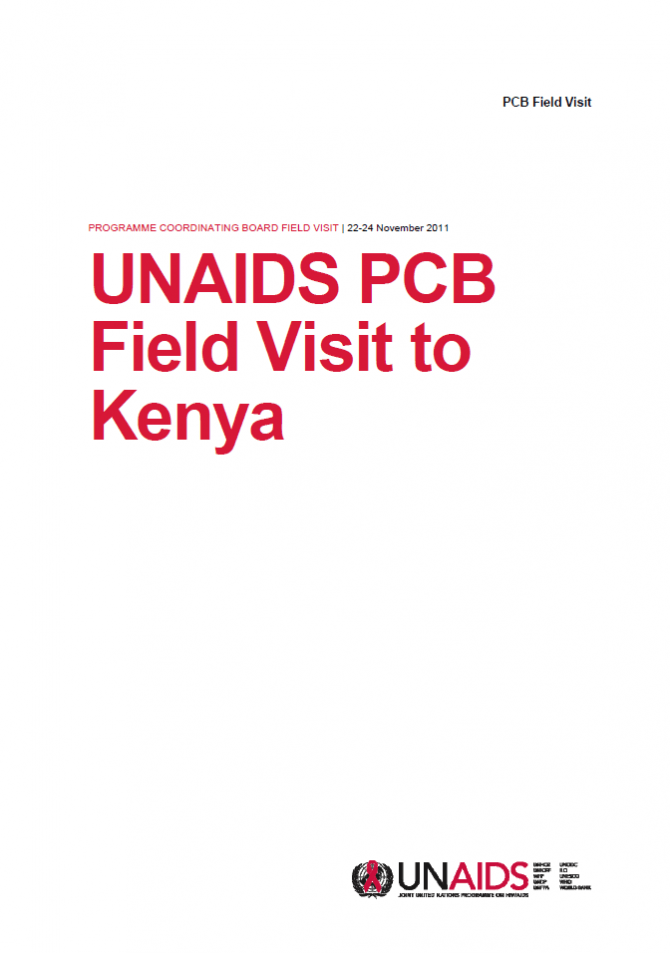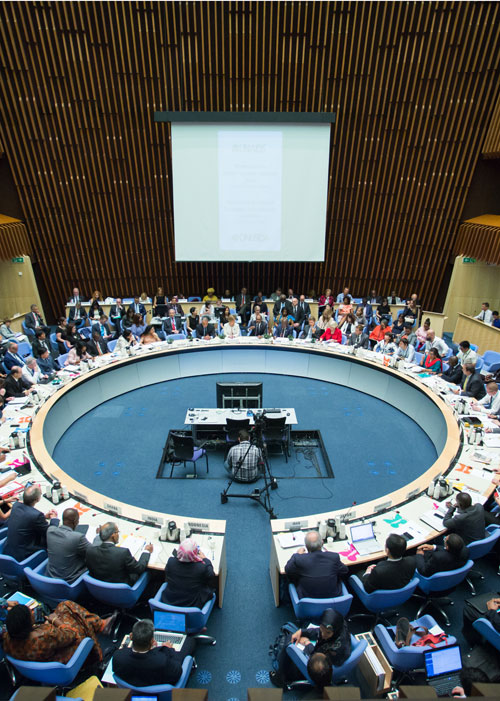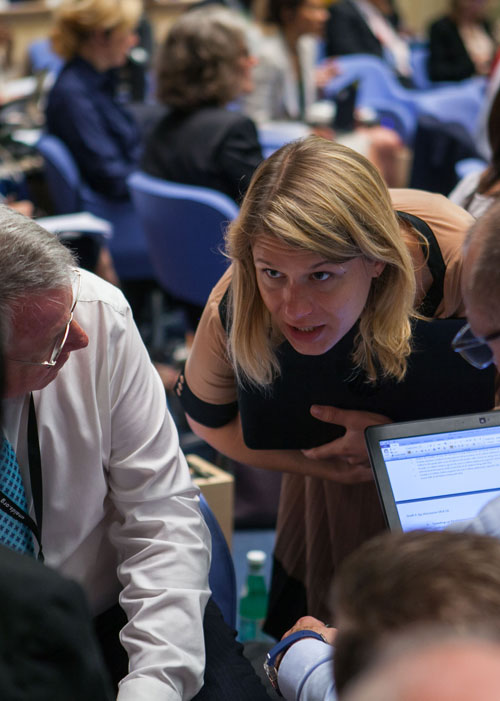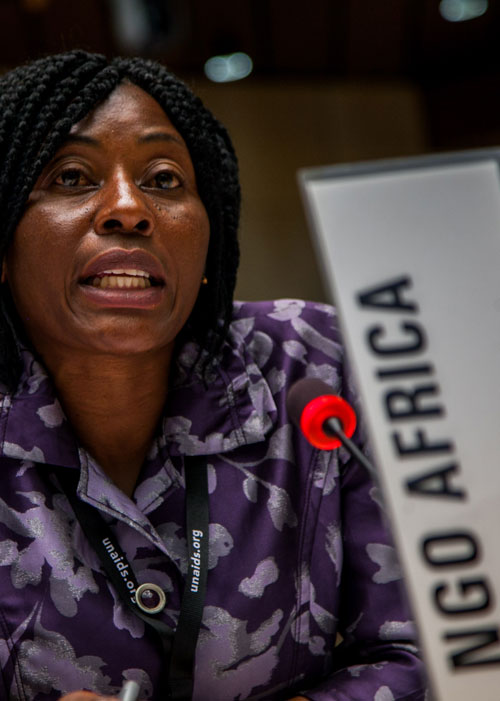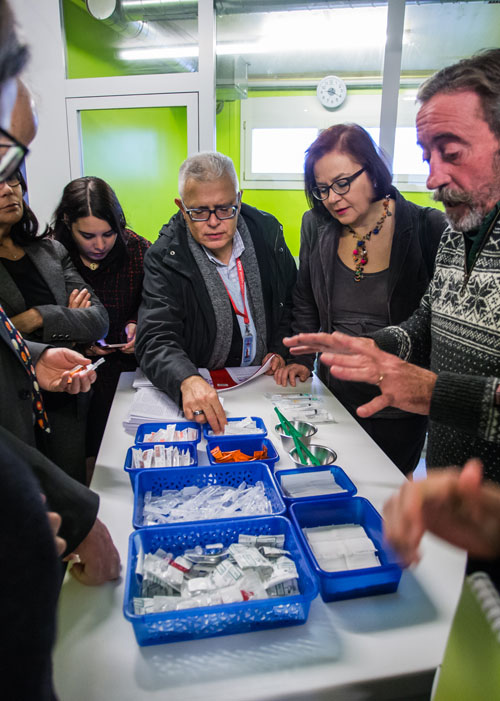The General Assembly is the main deliberative, policy-making and representative body of the United Nations. All 193 Member States of the United Nations are represented in the General Assembly, at which they discuss, and work together on, a wide array of international issues covered by the United Nations Charter. In September, all Member States meet for the annual General Assembly session.
In September 2015, the General Assembly agreed on a set of 17 Sustainable Development Goals, contained in the outcome document of the United Nations summit for the adoption of the post-2015 development agenda (resolution 70/1).
In 2001, 2006, 2011 and 2016, the General Assembly convened high-level meetings on HIV in order to undertake a comprehensive review of the progress achieved, including the successes, best practices, lessons learned, obstacles, gaps, challenges and opportunities, and to make recommendations to guide and monitor the AIDS response.
The 2016 United Nations Political Declaration on Ending AIDS was the first political declaration to be committed to after the adoption of the Sustainable Development Goal. Its commitments are far-reaching and include concrete strategies for action to end the AIDS epidemic by 2030 as part of the Sustainable Development Goals.
2016 United Nations Political Declaration on Ending AIDS
United Nations Member States committed to implementing a bold agenda to end the AIDS epidemic by 2030 during the United Nations General Assembly High-Level Meeting on Ending AIDS, held in New York, United States of America, from 8 to 10 June 2016. The progressive, new and actionable Political Declaration includes a set of specific time-bound targets and actions that must be achieved by 2020 if the world is to get on the Fast-Track and end the AIDS epidemic by 2030 within the framework of the Sustainable Development Goals.
2011 United Nations Political Declaration on HIV and AIDS
The United Nations General Assembly High-Level Meeting on HIV and AIDS in 2011 provided an opportunity to take stock of the progress and challenges of the past 30 years and shape the future AIDS response, 10 years after the historic 2001 United Nations Special Session on HIV/AIDS and after the 2006 signing of the Political Declaration, in which United Nations Member States committed to moving towards universal access to HIV prevention, treatment, care and support.
2006 United Nations Political Declaration on HIV/AIDS
In 2006, a Political Declaration on HIV/AIDS was adopted unanimously by United Nations Member States at the close of the High-Level Meeting on HIV/AIDS. It provided a strong mandate to help move the AIDS response forward, with scaling up towards universal access to HIV prevention, treatment, care and support. It also reaffirmed the 2001 Declaration of Commitment and the Millennium Development Goals, in particular the goal to halt and begin to reverse the AIDS epidemic by 2015.
2001 Declaration of Commitment on HIV/AIDS
In 2001, heads of state and government and representatives of 189 nations gathered at the Special Session of the United Nations General Assembly on HIV/AIDS. They unanimously adopted the Declaration of Commitment on HIV/AIDS, acknowledging that the AIDS epidemic constitutes a “global emergency and one of the most formidable challenges to human life and dignity.” The Declaration of Commitment covers 10 priorities, including prevention, treatment and funding.

